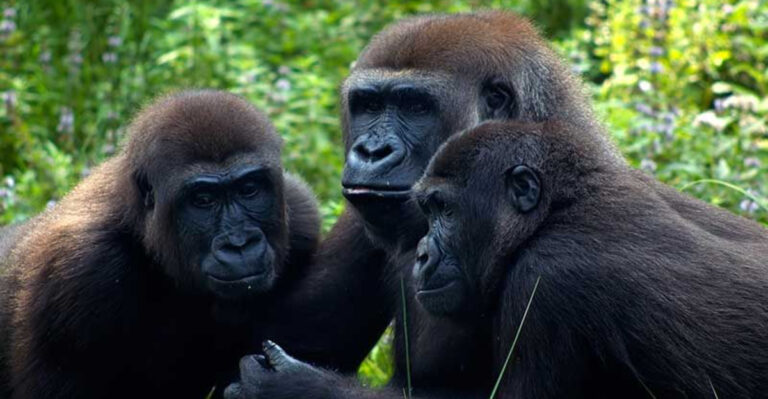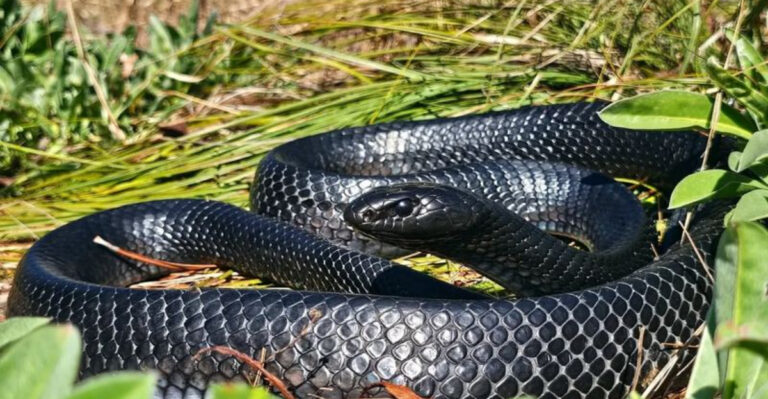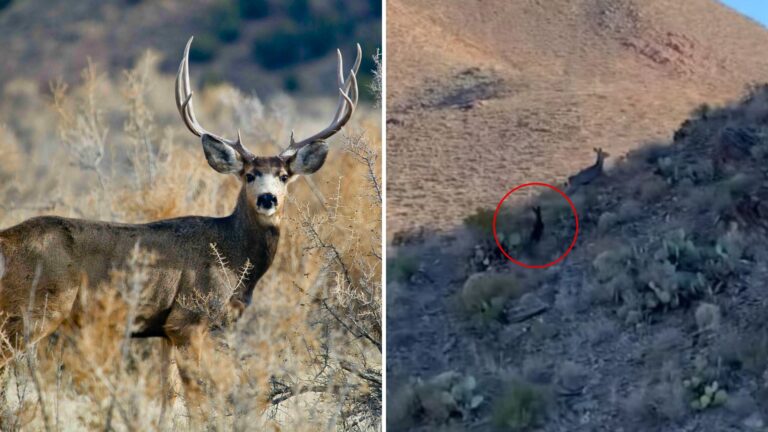Giant Beavers The Size Of Bears Once Roamed North America And Are Now Minnesota’s Official State Fossil
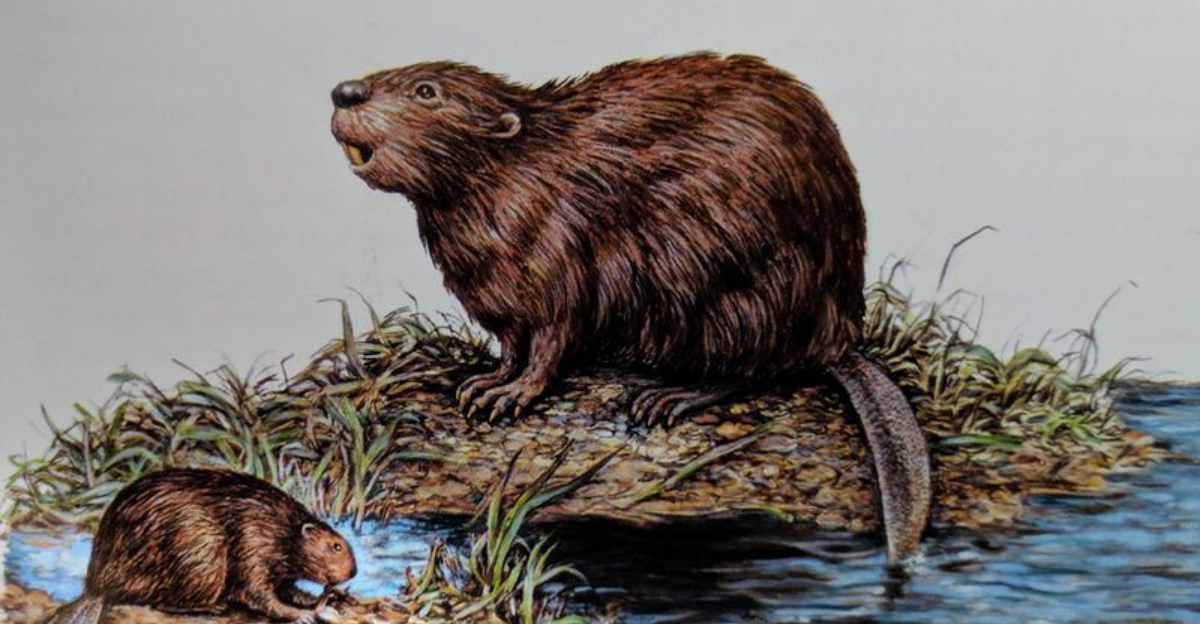
Imagine a beaver as big as a black bear lumbering through ancient North American wetlands! These weren’t your ordinary dam-builders but massive rodents that dominated the landscape thousands of years ago.
The giant beaver, scientifically known as Castoroides, has fascinated scientists since its discovery and recently gained recognition as Minnesota’s official state fossil. Let’s explore these remarkable creatures that once shaped our continent’s prehistoric ecosystems.
Giant Beavers Once Reached Bear‑Size In North America
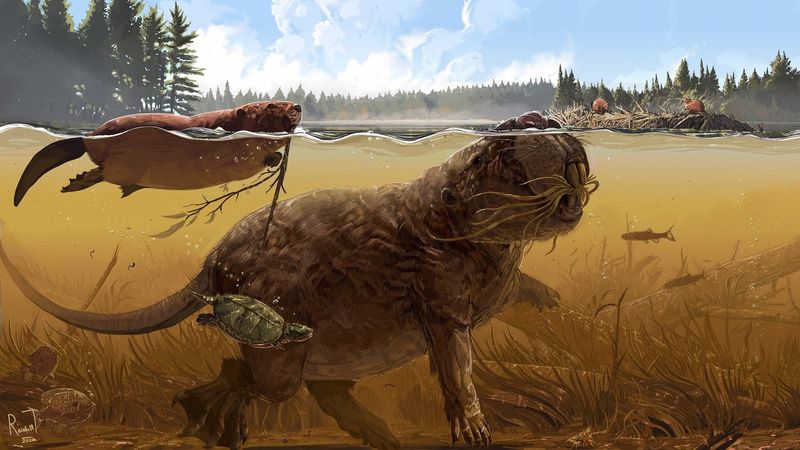
Standing at over 7 feet long when stretched out, these colossal rodents would have towered over any modern beaver you’ve seen at the zoo or local pond. Their massive bodies resembled small bears more than their modern cousins.
A full-grown giant beaver could look a human directly in the eye when sitting upright on its haunches. For comparison, today’s beavers typically reach only about 4 feet in length.
Scientists believe these enormous creatures moved much more slowly than modern beavers, waddling rather than scurrying due to their tremendous bulk. Their size likely protected them from most predators except the largest Ice Age hunters.
Minnesota Declares Them The Official State Fossil
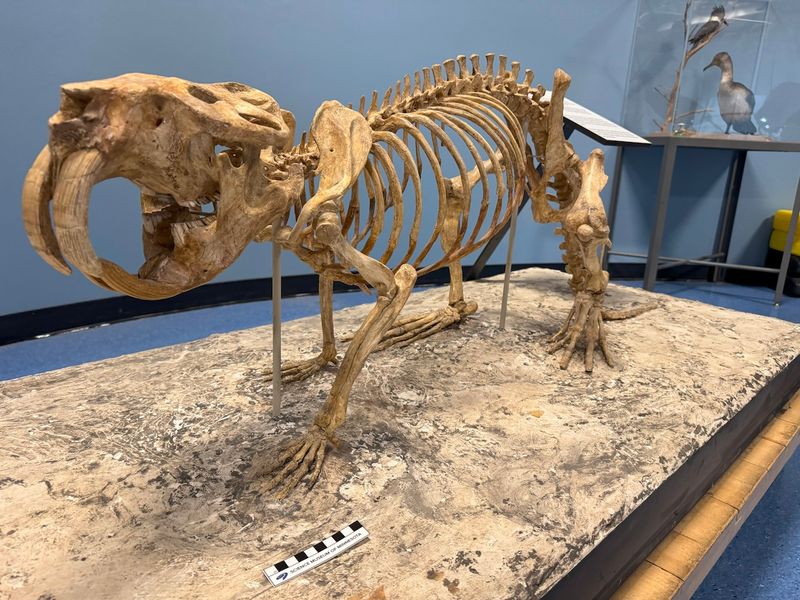
Back in 1988, Minnesota made history by naming the giant beaver as its official state fossil after schoolchildren campaigned for its recognition. The decision highlighted the importance of these ancient creatures to the state’s natural heritage.
Several well-preserved specimens have been discovered throughout Minnesota, particularly in the southern regions where ancient lakes and wetlands once covered the landscape. One famous find near Albert Lea contained nearly complete skeletal remains.
The state’s museums proudly display these impressive fossils, attracting curious visitors of all ages who marvel at the sheer size of these prehistoric rodents. School groups often visit these exhibits as part of their Minnesota history curriculum.
These Ancient Rodents Lived 10,000–12,000 Years Ago
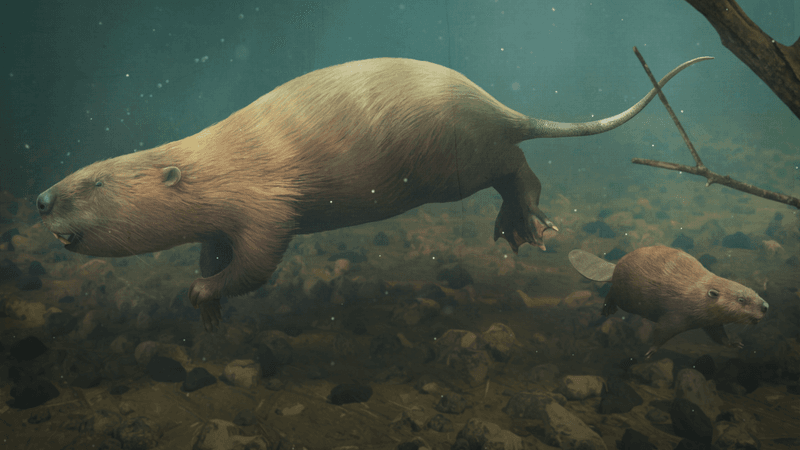
During the late Pleistocene epoch, giant beavers thrived alongside other famous Ice Age mammals like woolly mammoths and saber-toothed cats. Their reign lasted for thousands of years before their eventual extinction.
The world they inhabited looked dramatically different from today. Vast glaciers covered much of North America, creating a cooler, wetter climate perfect for these semi-aquatic giants.
Human arrival in North America coincided with the final years of the giant beaver’s existence. Early Paleo-Indian peoples may have encountered these massive rodents, though no clear evidence of hunting has been discovered. Their disappearance aligns with the broader extinction of many large mammals that occurred as the Ice Age came to an end.
Weighing Over 90 Kilograms, They Were Massive Creatures
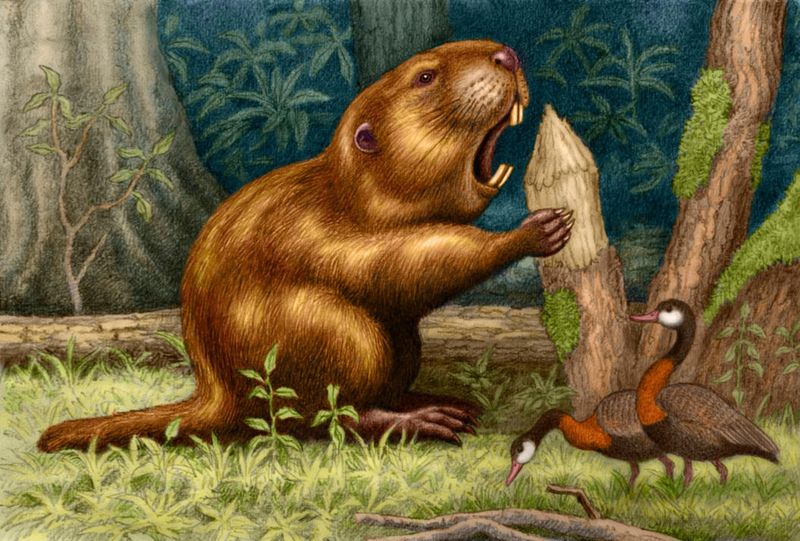
Tipping the scales at a whopping 200 pounds (over 90 kg), these prehistoric rodents weighed as much as a full-grown adult human. Their immense weight made them true heavyweights of the rodent world – nothing like the 60-pound modern beavers we know today.
Their bulky bodies required substantial food intake, likely consuming massive amounts of aquatic vegetation daily to maintain their size. Scientists estimate they needed to eat up to 20% of their body weight in plants each day.
Moving such massive bodies required powerful muscles, especially in their hind legs and tails. Swimming would have been their primary mode of transportation, using their powerful tails to propel through ancient lakes and rivers while avoiding land predators.
Their Enormous Incisors Were As Powerful As An Axe
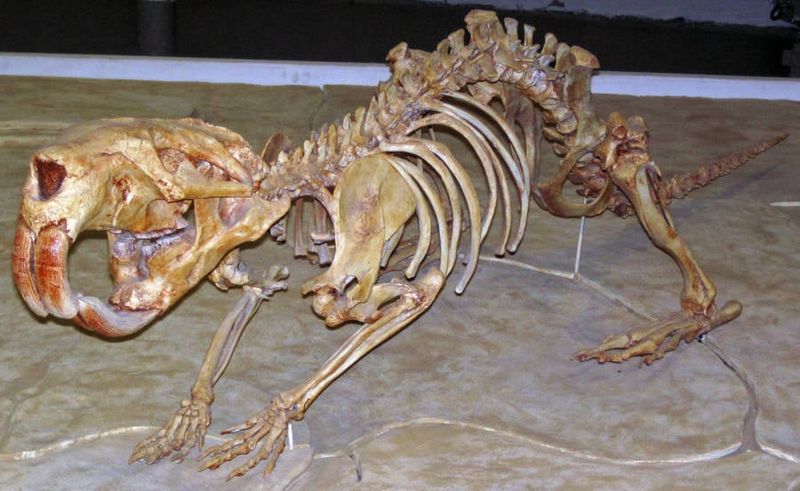
Armed with front teeth measuring up to 6 inches long, giant beavers possessed some of the most impressive incisors in the animal kingdom. Unlike modern beaver teeth that curve and self-sharpen, giant beaver incisors were straighter and ridged with deep grooves running their length.
These massive teeth could slice through vegetation with incredible force. The shearing power of their bite rivaled modern cutting tools, allowing them to harvest enormous quantities of plants efficiently.
Surprisingly, despite their formidable dental equipment, scientists don’t believe giant beavers felled trees like their modern relatives. Their teeth were better adapted for cutting soft aquatic plants rather than hard wood, suggesting a different ecological role than today’s landscape-altering beavers.
Like Modern Beavers, They Built Dams And Lodges – Only Larger
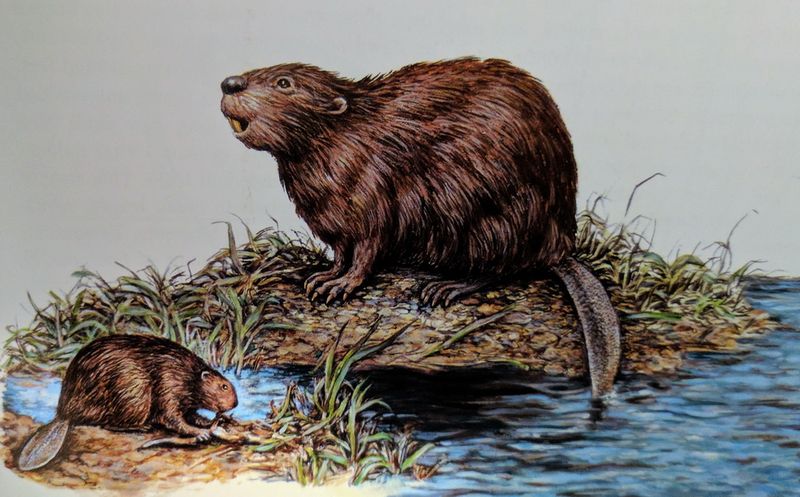
Imagine beaver dams stretching hundreds of feet across ancient rivers, creating massive lakes that transformed entire valleys! Recent evidence suggests giant beavers constructed engineering marvels that dwarfed the already impressive works of their modern descendants.
Archaeological findings in Nebraska and Ohio have uncovered what appear to be remnants of enormous stick structures consistent with giant beaver activity. These prehistoric dams would have required thousands of branches and created expansive wetland habitats.
Their lodges likely housed extended family groups, providing protection from predators and harsh Ice Age weather. Unlike today’s beavers that primarily use trees, giant beavers probably incorporated more aquatic vegetation and mud into their massive structures, creating fortress-like homes that could last for decades.
Evidence Of Giant Beavers Found In Minnesota’s Glacial River Deposits
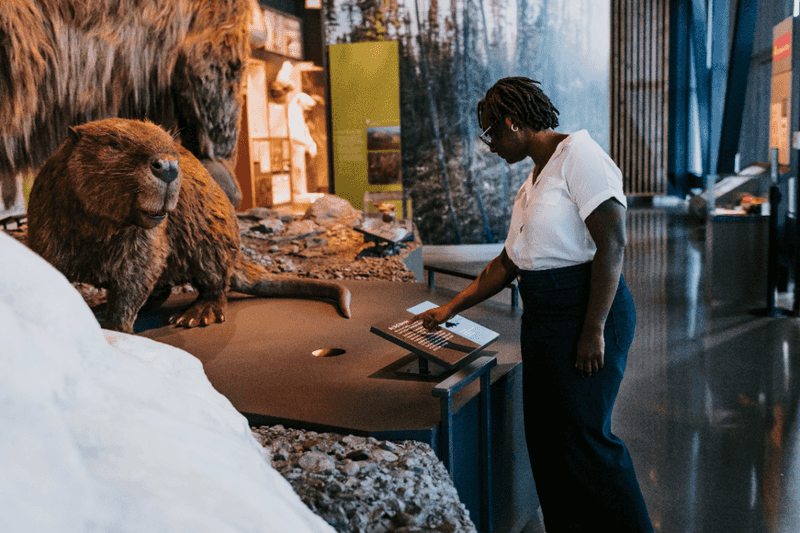
Minnesota’s rich glacial history created perfect conditions for preserving giant beaver remains. As massive ice sheets retreated northward, they left behind sediment-filled valleys where these creatures lived and eventually died.
Farmers and construction workers occasionally unearth giant beaver fossils while digging in certain parts of the state. The most common discoveries include teeth and skull fragments, which preserve well due to their density and size.
One remarkable find occurred in 1938 when a nearly complete skeleton emerged from a peat bog near Aitkin. The specimen revealed crucial details about the animal’s anatomy and lifestyle, helping scientists understand how these creatures moved and lived. Today, researchers continue mapping fossil locations throughout Minnesota to better understand the giant beaver’s range and habitat preferences.
They Played A Key Role In Shaping Ice Age Wetland Ecosystems
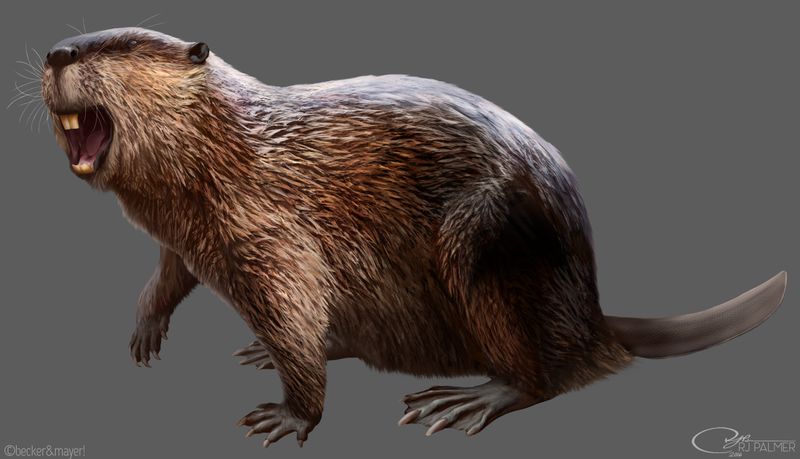
As ecosystem engineers, giant beavers transformed entire landscapes through their feeding and building activities. Their dams created vast wetlands that supported countless other species, from fish and amphibians to water-loving plants.
By harvesting aquatic vegetation, they controlled plant growth and nutrient cycling in prehistoric lakes and ponds. Their constant activity stirred up sediments and created diverse habitat niches for smaller creatures.
The wetlands they maintained likely served as critical carbon sinks, potentially influencing ancient climate patterns. When giant beavers disappeared, North American wetlands underwent significant changes as their ecological role vanished. Modern environmental scientists study these ancient ecosystem relationships to better understand how keystone species like the giant beaver can dramatically impact entire landscapes.
Fossilized Bones Reveal Their Impressive Size And Powerful Jaws
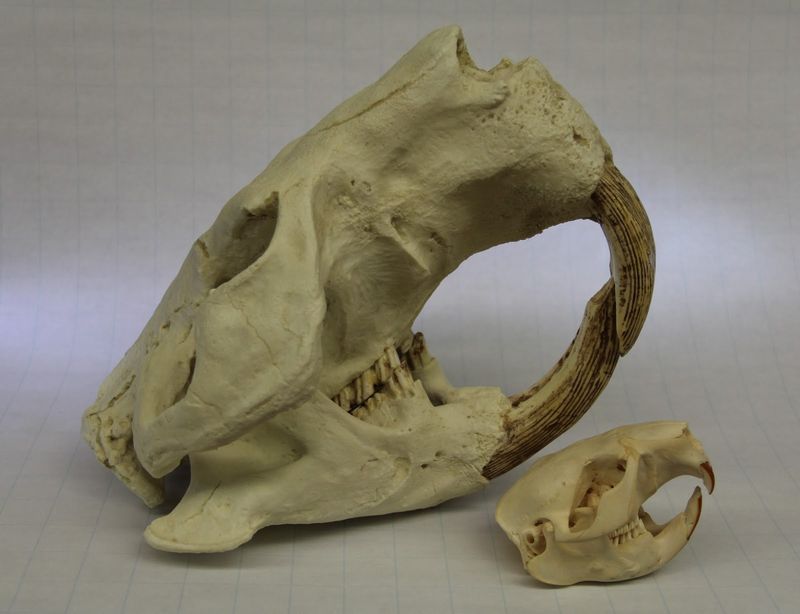
Hidden in museum collections across North America, giant beaver fossils tell an amazing story of adaptation. Their skull structure shows specialized muscle attachments that gave them tremendous biting force – enough to crush thick aquatic plant stems with ease.
The fossilized leg bones appear surprisingly robust, supporting their massive weight both on land and while swimming. Scientists can determine how these animals moved by studying the joint surfaces and muscle attachment points preserved in these ancient remains.
Modern scanning technology has revolutionized our understanding of giant beaver biology. CT scans of fossil skulls reveal brain cavity shapes and sizes, giving clues about their intelligence and sensory abilities. Researchers believe they had excellent smell and hearing but potentially weaker vision than modern beavers – adaptations that suited their wetland lifestyle.
Today, These Fossils Provide Insight Into North America’s Megafauna
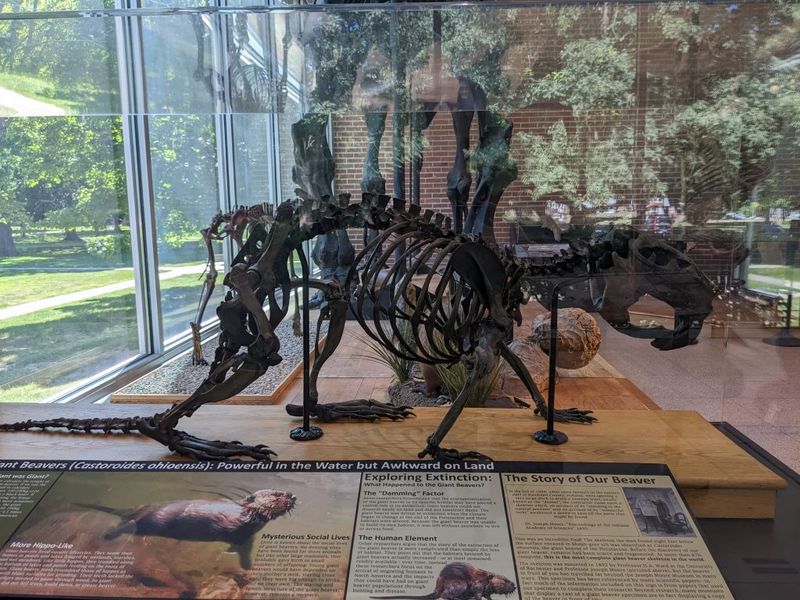
Giant beaver fossils offer a window into North America’s lost world of megafauna – a time when super-sized animals roamed the continent. Studying these remains helps scientists piece together the complex ecological relationships that existed before human arrival.
Climate change research benefits enormously from giant beaver studies. Their sudden disappearance coincided with warming temperatures and changing precipitation patterns at the end of the Ice Age.
Conservation biologists draw important lessons from the giant beaver’s extinction. Understanding why these massive rodents couldn’t adapt to changing conditions helps inform modern wildlife management practices. Their story reminds us how dramatically ecosystems can change when keystone species disappear, offering valuable perspective as we face today’s biodiversity challenges.



